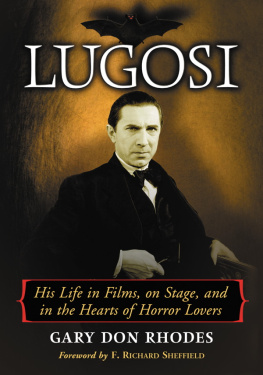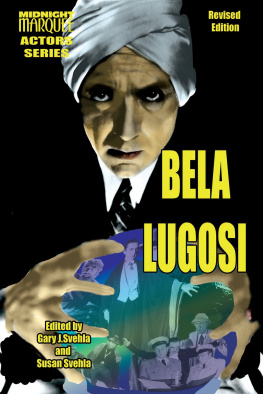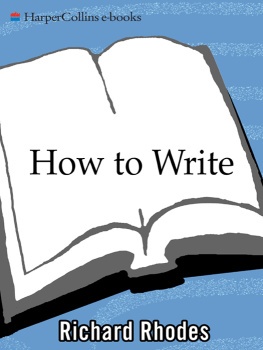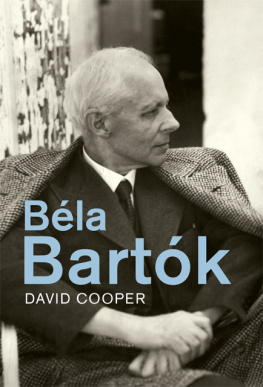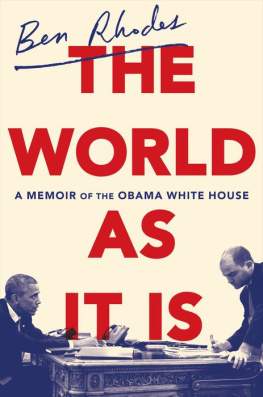Gary D. Rhodes - Bela Lugosi and the Monogram Nine
Here you can read online Gary D. Rhodes - Bela Lugosi and the Monogram Nine full text of the book (entire story) in english for free. Download pdf and epub, get meaning, cover and reviews about this ebook. year: 2019, publisher: BearManor Media, genre: Detective and thriller. Description of the work, (preface) as well as reviews are available. Best literature library LitArk.com created for fans of good reading and offers a wide selection of genres:
Romance novel
Science fiction
Adventure
Detective
Science
History
Home and family
Prose
Art
Politics
Computer
Non-fiction
Religion
Business
Children
Humor
Choose a favorite category and find really read worthwhile books. Enjoy immersion in the world of imagination, feel the emotions of the characters or learn something new for yourself, make an fascinating discovery.
- Book:Bela Lugosi and the Monogram Nine
- Author:
- Publisher:BearManor Media
- Genre:
- Year:2019
- Rating:5 / 5
- Favourites:Add to favourites
- Your mark:
- 100
- 1
- 2
- 3
- 4
- 5
Bela Lugosi and the Monogram Nine: summary, description and annotation
We offer to read an annotation, description, summary or preface (depends on what the author of the book "Bela Lugosi and the Monogram Nine" wrote himself). If you haven't found the necessary information about the book — write in the comments, we will try to find it.
Bela Lugosi and the Monogram Nine — read online for free the complete book (whole text) full work
Below is the text of the book, divided by pages. System saving the place of the last page read, allows you to conveniently read the book "Bela Lugosi and the Monogram Nine" online for free, without having to search again every time where you left off. Put a bookmark, and you can go to the page where you finished reading at any time.
Font size:
Interval:
Bookmark:
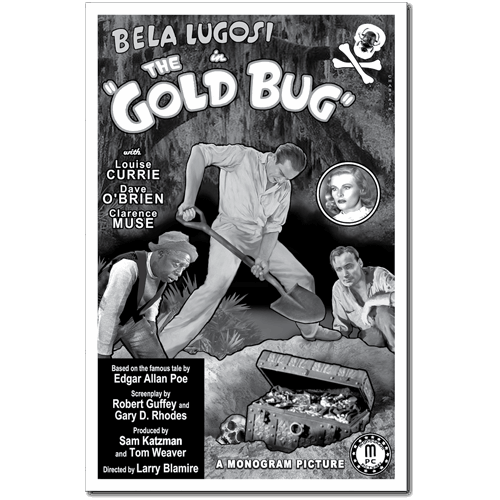
Designed by George Chastain in 2018, this fantasy poster publicizes a planned, but unmade Lugosi/Monogram film.
Table of Contents
Classic Cinema.
Timeless TV.
Retro Radio.
BearManor Media

See our complete catalog at www.bearmanormedia.com
Bela Lugosi and the Monogram Nine
2019 Gary D. Rhodes and Robert Guffey. All Rights Reserved.
This book may not be reproduced, in whole or in part, in any form (beyond that copying permitted by Section 107 and 108 of the U.S. Copyright Law and except by reviewers for the public press), without written permission from the publisher.
This version of the book may be slightly abridged from the print version.

Published in the USA by:
BearManor Media
PO Box 71426
Albany, Georgia 31708
www.bearmanormedia.com
ISBN 978-1-62933-428-8
Cover Design by Michael Kronenberg.
eBook construction by
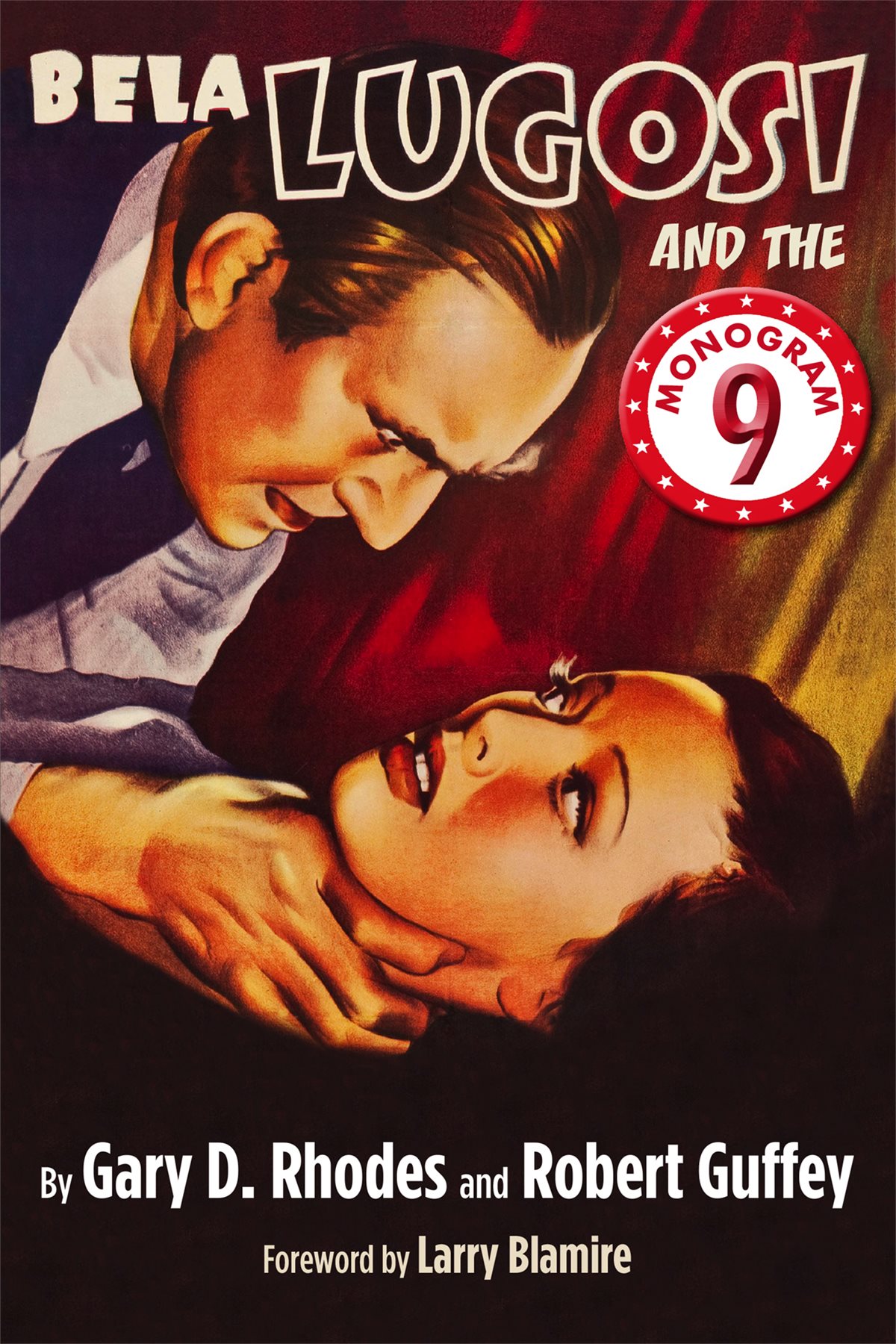
Chapter 2
Write quickly, without any preconceived subject, fast enough so that you will not remember what youre writing and be tempted to reread what you have written.
Andr Breton, Manifesto of Surrealism, 1924
The above advice was offered by Andr Breton, the founder of surrealism, to budding artists who wished to practice surrealism themselves. But this mode of artistic creation was not the sole property of avant-garde surrealists. It was also, by necessity, the working method of a whole generation of screenwriters pounding out storylines for the masses throughout the 1930s, 40s, and 50s. This surrealist methodology applies not just to the writing of screenplays, but to the actual act of committing these stories to film. B-films were often written within three or four days and sometimes shot in an equal amount of time. No one involved in the production had much time to prepare not the actors, not the director, and least of all the screenwriters.
A young Ray Bradbury once hung a sign on his typewriter that read, DONT THINK. Before his death, the poet Charles Bukowski requested that the following two words be etched into his tombstone: DONT TRY. The beauty of not thinking, of not trying, when creating any kind of art is that mysterious and wondrous ideas sometimes erupt from the sleeping brain and sneak out into the real world while ones consciousness isnt paying attention. The early surrealists in France wished to evoke this mysterious phenomenon, on purpose, via the method of automatic writing simply putting pen to paper and allowing the words to flow with neither rhyme nor reason. Purely on accident, half a world away, a whole community of writers were also practicing automatic writing. But most of them knew nothing about surrealism, and few of them were interested in making Art. They were little a artists who were interested in grinding out a product in order to make money. In Hollywood, particularly during the 1930s and 40s, strict deadlines necessitated that the most productive writers were those who didnt think about what they were writing and didnt try to produce anything of any social value whatsoever. It just so happened that these were also the goals of committed European revolutionaries who called themselves surrealists. The screenwriters under discussion in this essay called themselves hacks and were probably proud of it. Breton, a committed Marxist to the day of his death in 1966, would be appalled at the very notion that the basic tenets of capitalism could actually be the unwitting accomplice of surrealism. Breton believed that surrealism and revolutionary Marxism were inextricably linked; without one, the other could not exist. Breton was wrong.
But hes not the only genius who was ever wrong about something.
Breton believed that surrealism could be a medium with which to introduce revolutionary ideas into the minds of the masses, to shock them out of their somnambulism with beautifully disordered nonsense. Breton was right about this. What he didnt realize is that he and his colleagues would not be the ones to introduce surrealism to the masses. Breton and his colleagues were avant-garde artists who held the common man in contempt. They published their works in obscure literary magazines in Europe that would never be seen by the besotted underclass. The very sheeple Breton wished to liberate from the shackles of reality would never waste precious time in between work shifts at the local steel factory by reading nonsensical poetry jotted down by effete Frenchmen. But what these average people did like to do was see movies.
Without knowing it, thousands of filmgoers in the 1920s, 30, 40s, and 50s were introduced to surrealist techniques and philosophies in the form of cheapjack B-films. Even more poetically, the filmmakers themselves for the most part did not know they were making surrealist movies. This is the perfect surrealist conspiracy, for neither the conspirators nor the victims of the conspiracy were aware it was happening. One might consider this to be the ultimate exercise in automatic writing and telepathy, conducted on a mass scale by unwitting vessels of the surrealist spirit itself, a strange behavioral experiment that could only be comprehended in full several decades after the conspiracy had long been completed.
The very process of making B-movies, a process that remained in place in Hollywood until the early 1960s, encouraged and necessitated surrealist methodologies. A few filmmakers, the cutting-edge ones who understood their place in the Hollywood hierarchy and used it to their advantage, might very well have been aware of this, but most were not. The basic method of churning out these little celluloid dreams and nightmares enabled industrious filmmakers the ability to write, direct, edit, and distribute their films within a very short space of time within a matter of months, or even weeks, sometimes. Very often the small-minded businessmen who ran the movie studios didnt care what was actually in the films just as long as they generated money. This process was a veritable breeding ground for all manner of surrealist techniques and obsessions: automatic writing (as mentioned before), synchronicity, chance, happenstance, coincidence, telepathy, etc. Its a breeding ground that no longer exists in modern day Hollywood. Theres too much at stake now, economically, to allow chance or happenstance to have anything at all to do with producing a finished film. Every detail is planned out well in advance. Modern Hollywood has so many safety measures in place that art cant even happen by accident.
Font size:
Interval:
Bookmark:
Similar books «Bela Lugosi and the Monogram Nine»
Look at similar books to Bela Lugosi and the Monogram Nine. We have selected literature similar in name and meaning in the hope of providing readers with more options to find new, interesting, not yet read works.
Discussion, reviews of the book Bela Lugosi and the Monogram Nine and just readers' own opinions. Leave your comments, write what you think about the work, its meaning or the main characters. Specify what exactly you liked and what you didn't like, and why you think so.


